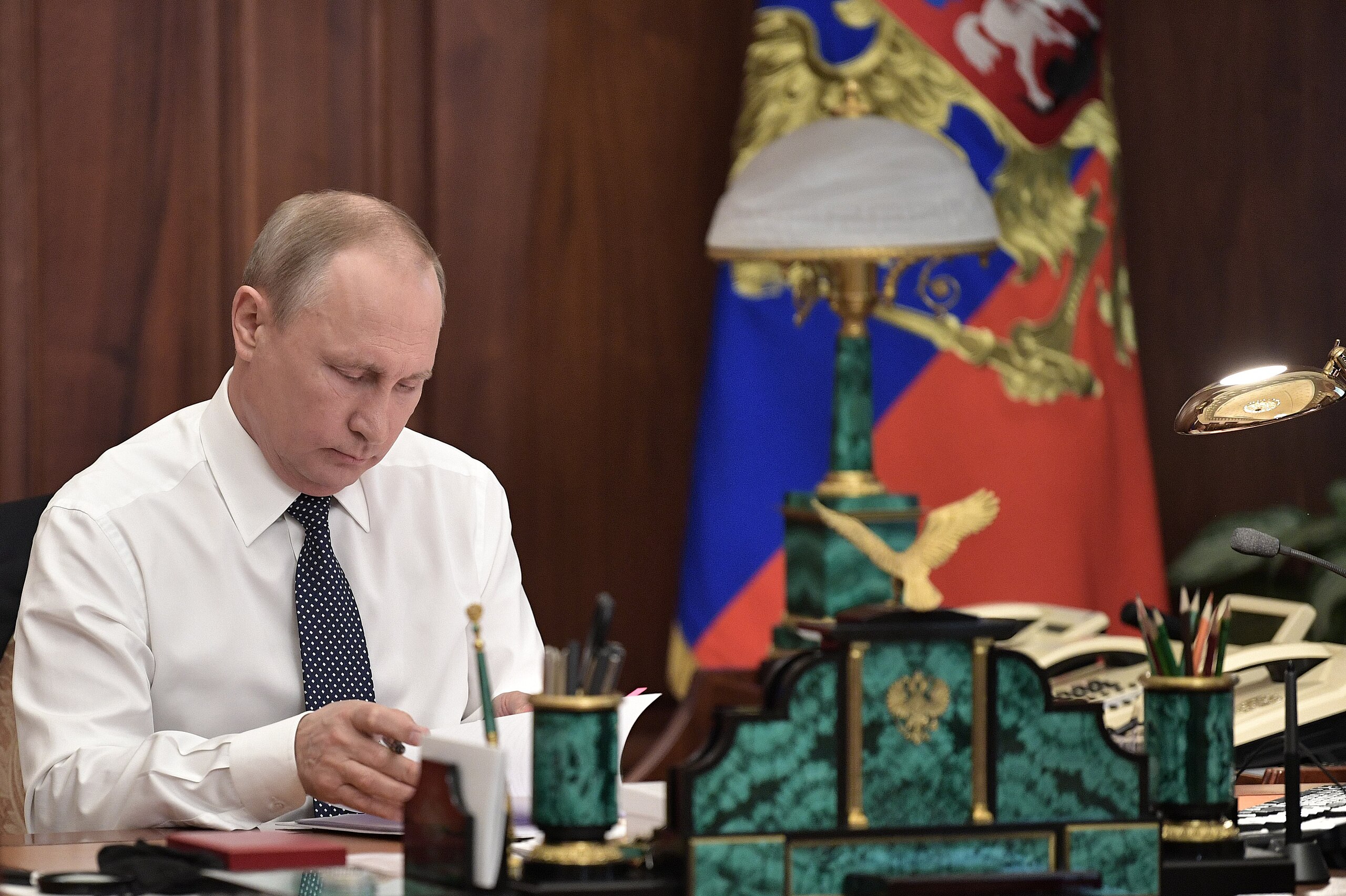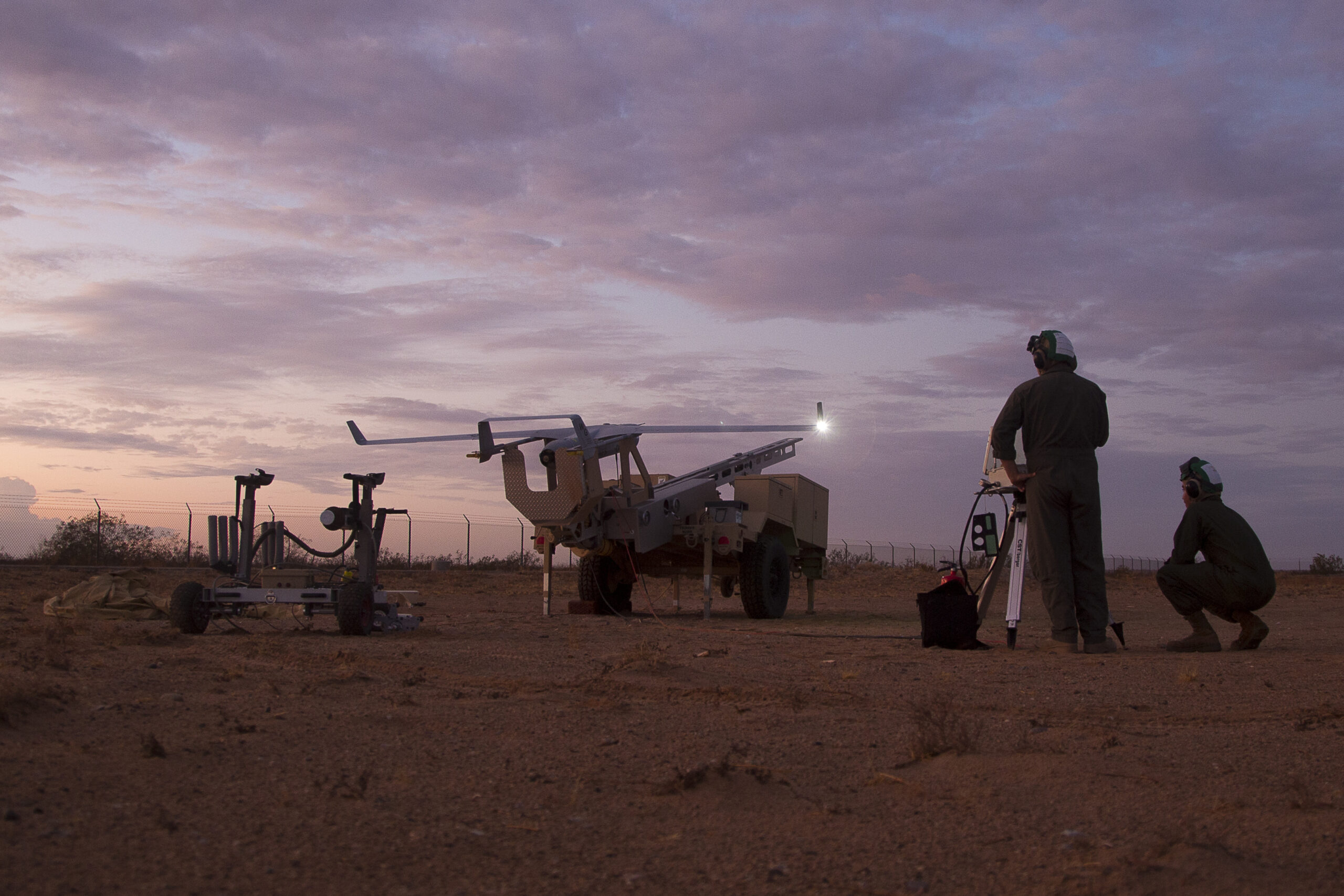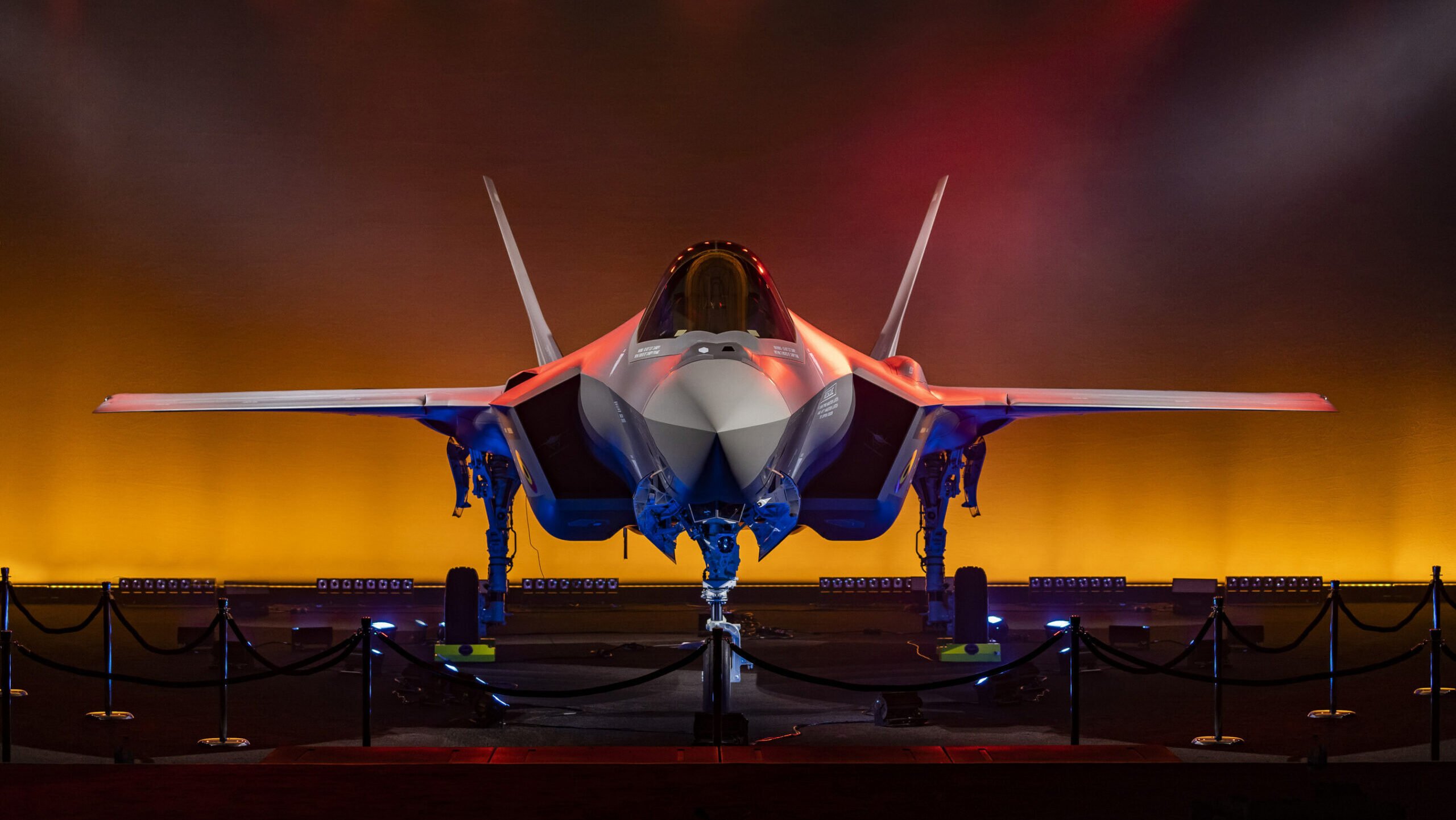Train, Harden, Sustain: Maintaining the Army’s Lethality in the Nuclear Shadow - War on the Rocks
On the morning of Nov. 1, 1951, within the confines of Area 7 at the Nevada Nuclear Test Site, soldiers from the U.S. Army’s 11th Airborne Division dug foxholes and positioned weapon systems in anticipation of the Atomic Energy Commission’s
BUSTER-JANGLE nuclear tests. The Soviet Union had conducted its first nuclear test two years earlier, prompting the Army to confront the possibility of its troops encountering nuclear weapons on the battlefield.
The exercise, known as “Desert Rock,” was an Army program aimed at studying soldiers’ psychological reactions to a nuclear detonation while also testing their ability to maneuver in a post-detonation environment. After the blast, troops moved in attack formation to seize an objective — at one point coming within 900 meters of ground zero. Despite of the dangers of subjecting servicemembers to radiological effects, such training was all too common at the height of the Cold War and only gradually declined as nuclear weapons became less prominent tools of war.
Now, however, nuclear weapons have surged back onto the global stage. Following the initiation of his “special military operation” in Ukraine, Russian President Vladimir Putin made nuclear threats part of his playbook in deterring the United States and NATO from intervening. Putin began by
elevating Russia’s Strategic Missile Force alert level to “enhanced combat duty” and issued thinly veiled
warnings of cataclysmic reprisals surpassing any in history against meddlesome nations. Additionally, he prepositioned nuclear weapons in Belarus while personally overseeing large-scale nuclear
exercises.
Amid the crisis, NATO responded by increasing its troop levels in Europe. The U.S. Army
established a new garrison in Poland and deployed an additional brigade combat team to the region in anticipation of aggression against the alliance. These brigade combat teams excel in conventional military operations. However, Russia’s demonstrated willingness to brandish nuclear weapons as a coercive tool and the persistent risk of NATO entering the conflict makes it increasingly likely that these forces will need to deploy, fight, and win in a nuclear environment.
During the Cold War, the Army trained its forces to fight on a nuclear battlefield — at one point reorganizing its force structure into
Pentomic divisions to reduce the effects of nuclear weapons. Nevertheless, as the Soviet threat receded and counterinsurgency missions in Afghanistan and Iraq took precedence, Army leaders deemphasized nuclear scenarios in training, creating a gap in nuclear battlefield proficiency.
The Army should now rediscover the lost art of nuclear battlefield operations and prepare its soldiers for the uniquely devastating effects of nuclear weapons. While detonating nuclear weapons during training exercises is not a credible solution, the Army should reconsider training objectives, bolster hardening standards, and innovate sustainment methods to enhance the Army’s resilience during nuclear attacks and contribute to the Department of Defense’s broader conventional nuclear integration effort. In doing so, the Army will be better positioned to achieve wartime objectives against nuclear-armed adversaries and mitigate the coercive potential of nuclear weapons.
Reevaluating Priorities
After the Soviet Union collapsed, U.S. conventional forces trained less for nuclear contingencies. Army leaders prioritized emerging threats, like terrorism and insurgency, and considered it unnecessary to train for nuclear contingencies. Field exercises, wargaming, and training centers
lacked nuclear scenarios at the brigade and battalion levels. Similarly, the Army’s weapon and vehicle platforms, such as the M1A2 Abrams and Bradley Fighting Vehicle, increasingly
relied on commercial off-the-shelf technology. This technology, like the semiconductors powering fire control systems and blue force trackers, is vulnerable to nuclear blast effects, such as electromagnetic pulses, rendering entire formations ineffective as their circuits fail.
A gap in nuclear battlefield proficiency is untimely. U.S. adversaries have
invested in nuclear forces capable of delivering various systems, including lower-yield warheads, fractional orbital bombardment systems, and advanced intercontinental ballistic missiles. Specifically, Russia adheres to a nuclear doctrine that emphasizes the calibrated use of nuclear weapons. Russia
views nuclear weapons as an intra-war deterrence tool that offsets American advantages in conventional capabilities and prevents “regional wars” from escalating to “large-scale wars.” Russia
deploys the largest and most diverse nuclear arsenal in the world and fields an agile arsenal of non-strategic nuclear weapons that provide flexible employment options. In short, Russia sees increased
utility in nuclear weapons and might brandish them in potential conflicts with the United States and NATO. Given Russia’s war with Ukraine and its aggressive stance toward those who intervene, such scenarios are increasingly plausible.
One Small Bomb
The Army’s mission is to deploy, fight, and win the nation’s wars by providing ready, prompt, and sustained land dominance. Land dominance requires sustainment forces, power-projection nodes, and viable combat power. Sustainment units provide the fuel and maintenance necessary to maintain operational tempo. Seaports and airfields facilitate the flow of forces into an area of operation, serving as hubs for intra-theater resupply. Weapons and vehicles enable soldiers to neutralize the enemy and maneuver quickly across the battlefield. However, these components will confront unique challenges as the Army operates in theaters where nuclear threats loom large.
For instance, a single nuclear weapon
carries enough explosive yield to obliterate most military formations and impede their advance on the battlefield. A sub-kiloton warhead’s blast overpressure and shockwave would tear through undispersed formations, disrupting communication networks and advanced sensors needed to target enemy troops. Critical land power-projection nodes, like the German ports at Bremerhaven and Hamburg, would also be destroyed.
At the tactical level, soldiers, unprepared due to a lack of nuclear training, would experience disarray as the psychological shock of witnessing fellow soldiers endure the immediate effects of thermal and gamma radiation takes hold. Junior leaders, whose pre-deployment training and education lacked nuclear exercises or training scenarios, would be unprepared to consolidate and reorganize their formations for subsequent objectives amid the chaos, rendering them ineffective.
Maintaining the Army’s Lethality in the Nuclear Shadow
To prepare for a nuclear contingency, the Army could consider four measures to improve its ability to shoot, move, and communicate in a nuclear environment. These include reevaluating vehicle hardening standards, prioritizing nuclear battlefield training, increasing operational redundancy through mission command, and pursuing an innovative approach to dispersed combat operations.
First, the Army could reexamine hardening standards and determine if vulnerabilities to high-altitude electromagnetic pulses exist. A limited nuclear attack may involve a nuclear detonation in the atmosphere that releases an electromagnetic pulse toward the Earth. Commercial off-the-shelf electronics
enable the operation of all defense systems but are susceptible to such attacks because they sacrifice battlefield hardening standards for smaller size and faster processing speeds. This
vulnerability exposes them to “single-event upset,” such as an electromagnetic pulse. An upset event could damage the digital fire control system and communication tools Army units rely on during combat operations, rendering them blind and incapable of communicating with their higher headquarters.
While the Army has
maintained nuclear survivability as a critical performance parameter for its new equipment, it remains unclear if acquisition authorities prioritize it, as they can waive the requirement if necessary. An alternative approach could involve the U.S. Army Forces Command, in collaboration with the U.S. Army Nuclear and Countering Weapons of Mass Destruction Agency, implementing a hardness surveillance and maintenance program for Army units deploying into combatant commands where an active nuclear threat exists (e.g., U.S. European Command). This program could identify vulnerabilities in commercial electronics within a platform’s central processing unit and determine where redundant measures are needed.
Second, brigade combat teams should prioritize nuclear battlefield training akin to other training events. While the Army has made significant strides in refocusing the force’s focus from counter-insurgency to near-peer threats, nuclear battlefield training remains absent from many of the active force’s training calendars. Moreover, chemical, biological, radiological, and nuclear training often lacks the requisite attention and supervision from commanders. A straightforward solution is for Army leaders to prioritize nuclear battlefield training in the same manner they prioritize gunnery and combined live-fire exercises. Planning for such events typically consumes most of a unit’s time and is routinely inspected by division and brigade leadership. Nuclear battlefield training warrants an equivalent level of attention. By emphasizing nuclear battlefield training and refraining from treating it as an afterthought, Army units can enhance their preparedness and mitigate risks to their operational tempo.
Third, the Army could increase operational redundancy by further empowering company-grade leaders through
mission command. Mission command — an Army leadership model — fosters disciplined initiative among subordinates to empower agile and adaptive leaders in large-scale combat operations. Disciplined initiative and agile thinking are crucial leadership traits, particularly as nuclear strikes sever mechanized units from their higher headquarters and rear support.
While the Army excels at teaching mission command, there is room for improvement. Administrators at the Army’s Maneuver Center of Excellence could make more prevalent seminars and maneuver exercises in its armor and infantry courses that prioritize nuclear contingencies and explain how nuclear battlefield proficiency contributes to regional and strategic deterrence. Such exercises could facilitate leaders’ familiarity with nuclear planning factors and develop the nuclear domain knowledge lacking in the current force. Furthermore, both the armor and infantry schoolhouse and active units could implement nuclear
educational wargaming within their training programs. Wargames are cost-effective and durable, and soldiers can conduct them in unclassified environments, such as field exercises or company operations facilities. This form of “hip pocket training” would enable junior leaders and their subordinates to build upon their military education and exercise the tenets of mission command without the finality of nuclear combat.
Finally, the Army could contemplate an innovative approach to dispersed combat operations. One of the main constraints on ground combat operations is their rear-echelon sustainment requirements. Tanks and armored fighting vehicles consume large amounts of fuel and necessitate continuous preventative maintenance. These demands reduce dispersion during logistics package operations and limit the duration these units can operate independently from larger formations. Such sustainment and maintenance practices heighten the vulnerability of Army formations to a nuclear attack. Therefore, investigating methods for mechanized units to sustain operations when access to these support systems is restricted is of significant value.
One option could involve training soldiers on how to forage for fuel. Some systems, like the Abrams’ Honeywell AGT1500
engine, can operate on jet fuel, gasoline, diesel, and marine diesel — fuel options that might be plentiful in populated areas following a high-altitude electromagnetic pulse. Another option could entail cross-training Abrams and Bradley maintainers in various positions inside these vehicles. This effort could offer immediate maintenance support for troubleshooting faults and assist mechanized units in avoiding retrograding to rear areas for maintenance.
A Game of Chance
While prudent, these measures may not guarantee success on a nuclear battlefield. Nuclear weapons are uniquely devastating, and no level of preparedness can fully ready the force for nuclear employment. Nonetheless, if the Army prepares for nuclear war and is proficient at fighting through a potential nuclear attack, the Army has a plausible chance to continue fighting and contribute to the broader war effort. Furthermore, such proficiency may diminish the effect of nuclear weapons during a crisis. For instance, Russia might be less inclined to use a nuclear weapon if it doubts that would substantially impair U.S. conventional operations.
To be sure, such a strategy will encounter resistance from both civilian and military leaders. Specifically, opponents will
argue that implementing these measures will be difficult and expensive. Indeed, efforts to survey and harden Army units deploying downrange will be costly. Studies
indicate that retrofitting a system could cost over 10 percent of the platform’s base cost. However, cost-effective practices can be achieved through prudent design practices. For example, instead of hardening an entire platform, priority should be given to the
most critical systems, like programable read-only memory and application-specific integrated circuits in the fire control systems, navigation aids, and engine functions. This approach could be augmented by integrating modern commercial off-the-shelf electronics that are already hardened. Recently, modern electronics have
become susceptible to natural upset events in the United States, prompting commercial developers to incorporate their own hardening standards. The Army should focus on procuring components from these companies during the surveillance and hardening process to reduce costs further.
Second, some will argue that nuclear training requirements will
detract from conventional readiness. Leaders inevitably must prioritize training on the assigned mission and will avoid training that diminishes the efficiency and effectiveness of regular operations. Fortunately, Army leaders do not need to find more time on the training calendar to implement nuclear battlefield training. Much of the training is already incorporated into current training exercises — it is just poorly supervised and lacks spot-checking by leaders. Stronger emphasis from top-level leadership can instill the discipline necessary for such training requirements and alleviate any plausible constraints nuclear training might pose on other training objectives.
Conclusion
The return of nuclear weapons as a potential tool for warfare means the Army should train to operate in a nuclear environment. Russia’s willingness to threaten nuclear escalation during the war in Ukraine, coupled with NATO’s continued reliance on the Army’s brigade combat teams on its eastern front, suggests these troops may face the stark reality of combat operations in a nuclear setting. While the Army sidelined nuclear combat training following the Cold War, the force can quickly regain the initiative by overhauling its doctrine, revisiting hardening standards, and empowering leaders at lower echelons to exercise disciplined initiative. Failure to adapt to these evolving dynamics will diminish the force’s effectiveness and elevate the risk of nuclear escalation.
Michael P. Losacco is an analyst at Systems Planning and Analysis, Inc. and previously served as an armor officer in the U.S. Army. The views expressed in the article are those of the author and do not reflect the official policy or position of Systems Planning and Analysis Inc., the Department of Defense, the U.S. armed services, or the U.S. government.
Image: Photo from the U.S. National Archives and Records Administration via
Wikimedia Commons
Train, Harden, Sustain: Maintaining the Army’s Lethality in the Nuclear Shadow - War on the Rocks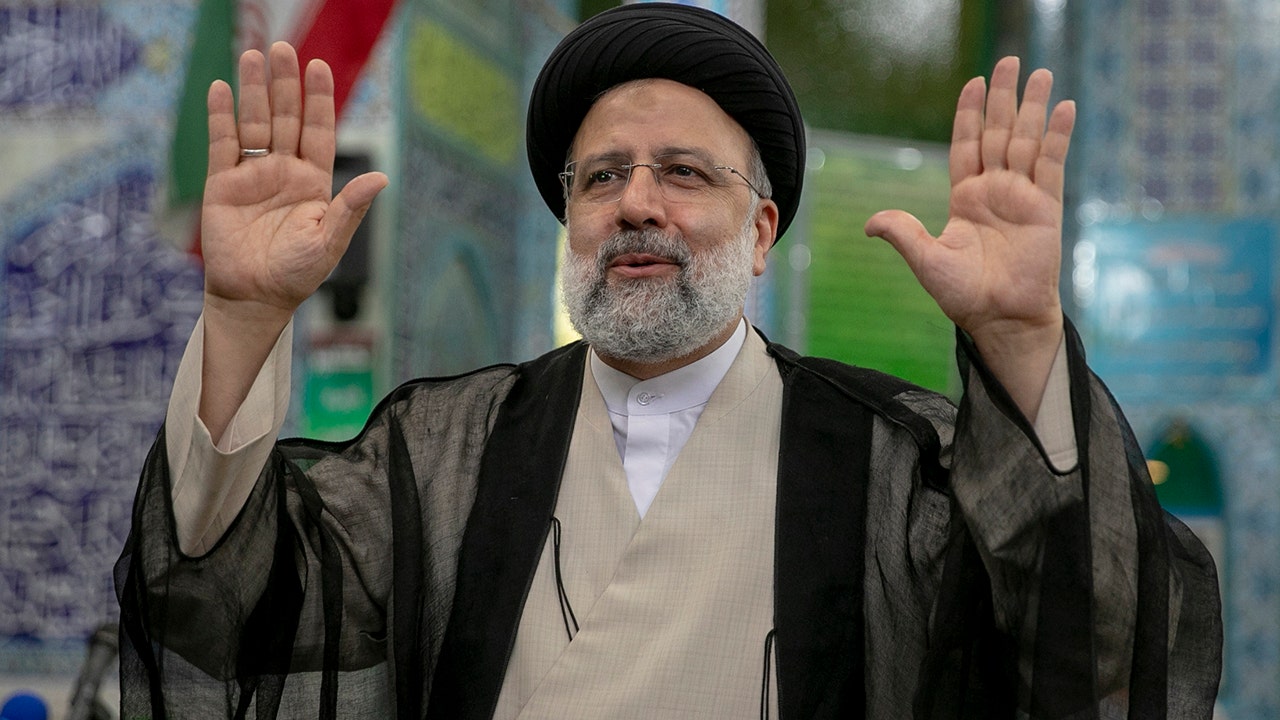

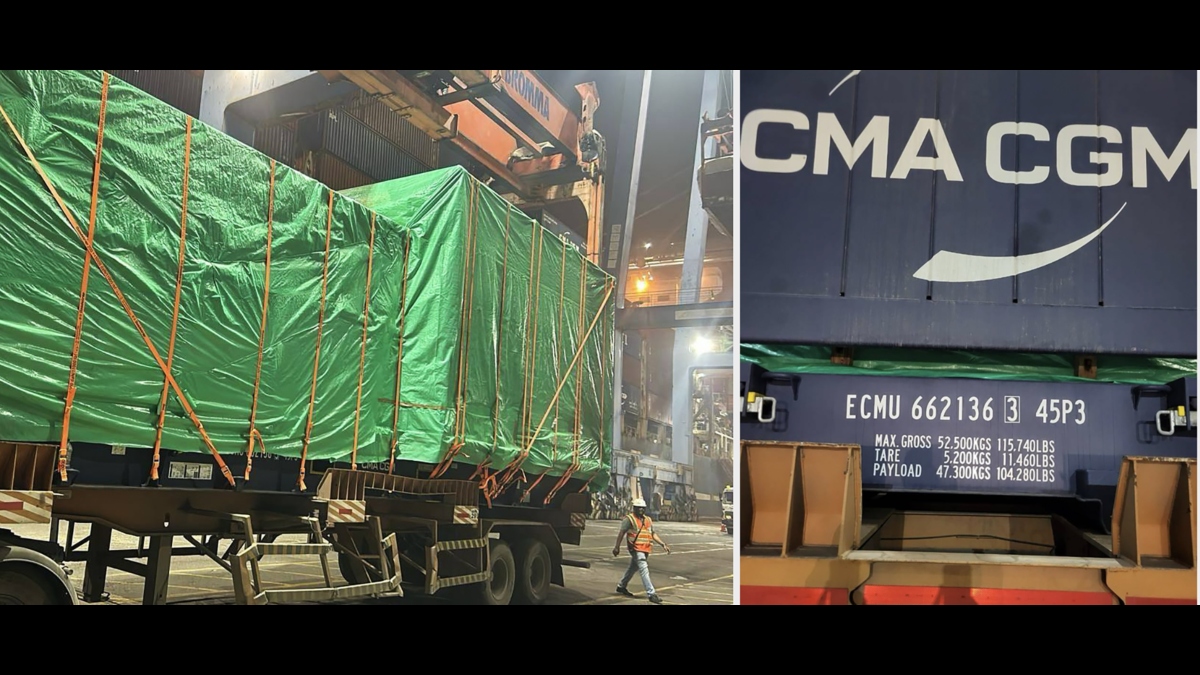

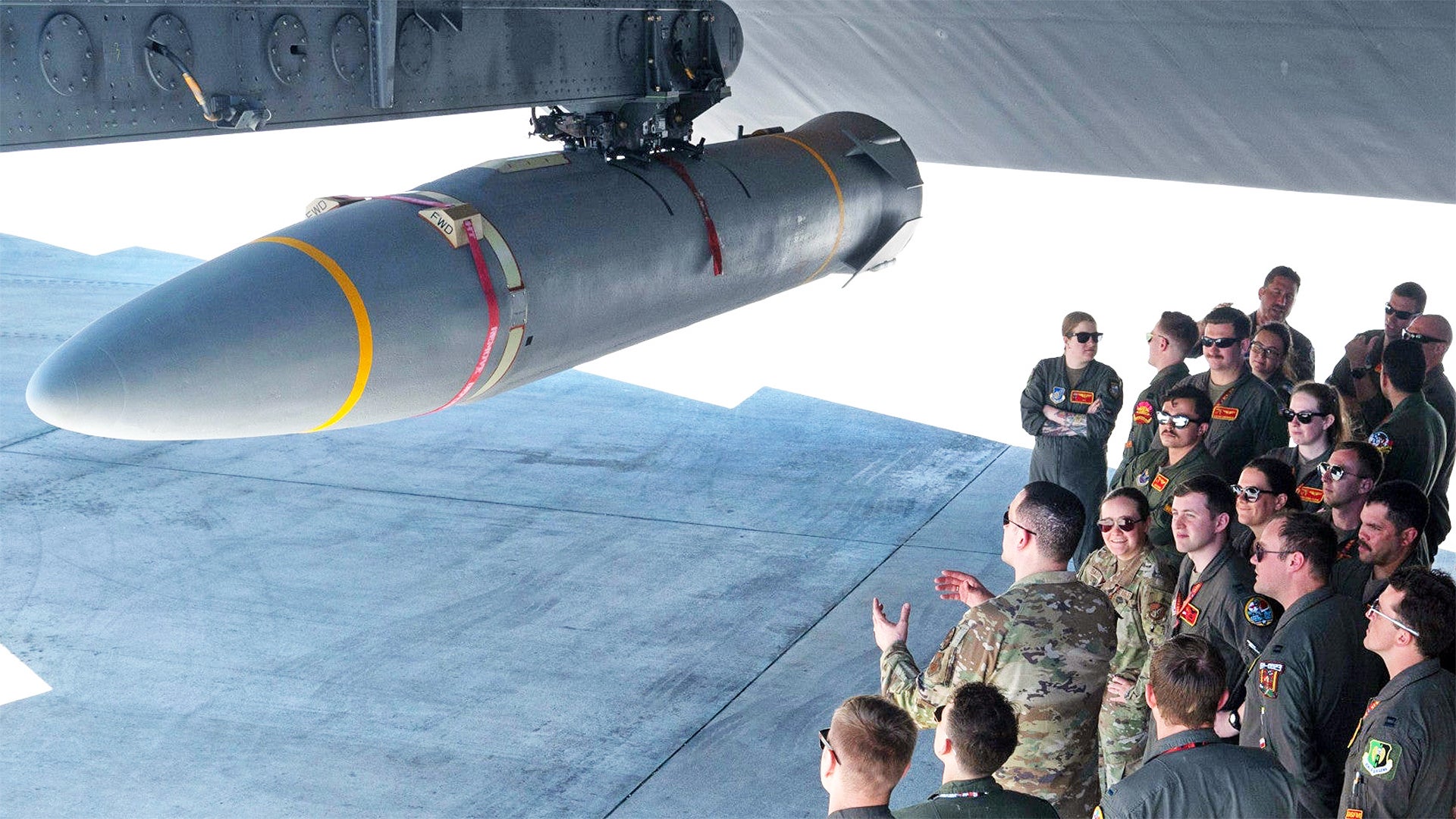
:quality(70)/cloudfront-us-east-1.images.arcpublishing.com/archetype/HFMA4HUJONFVBDWV3FX5N5SHIY.jpg)
)


